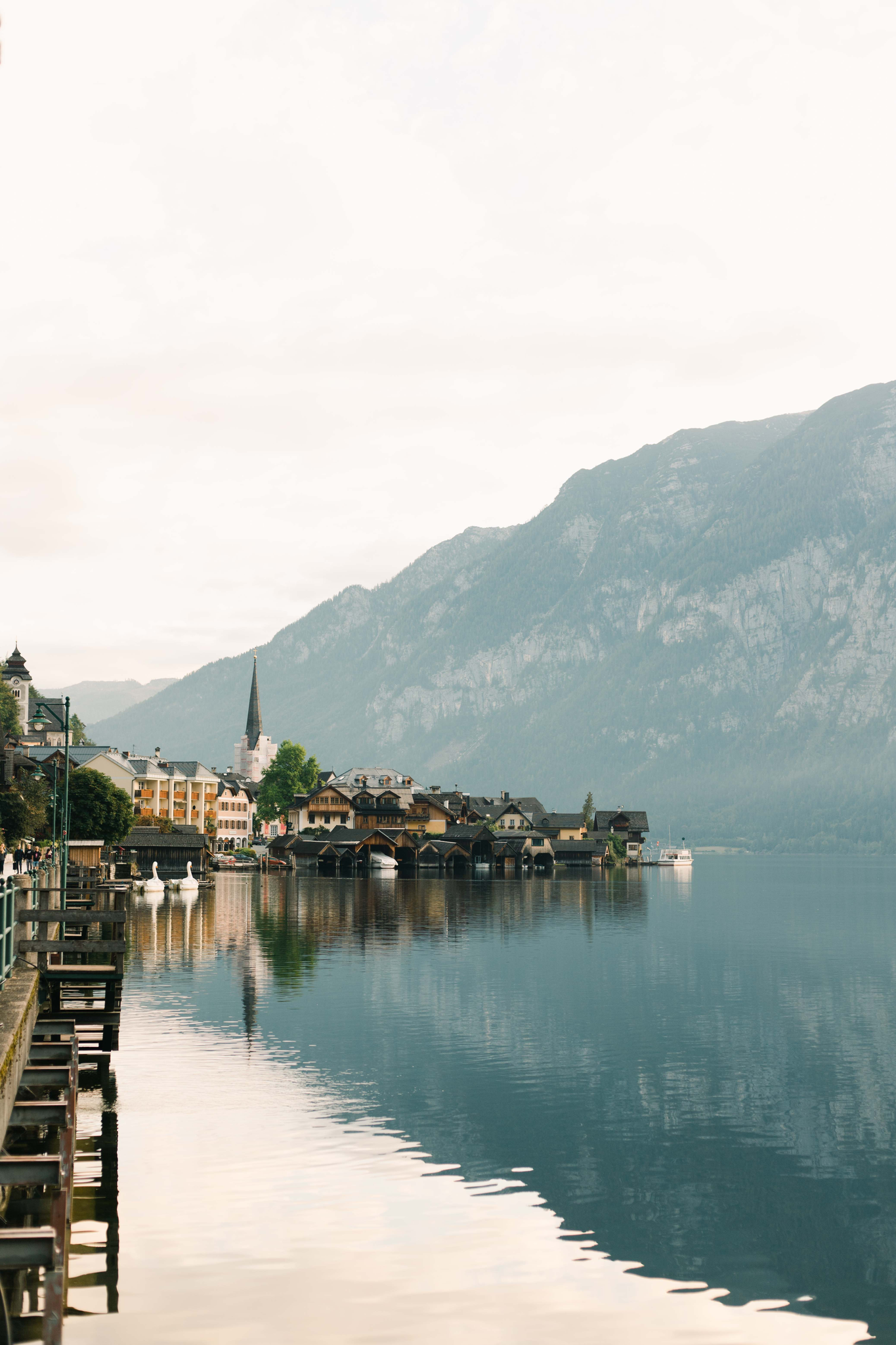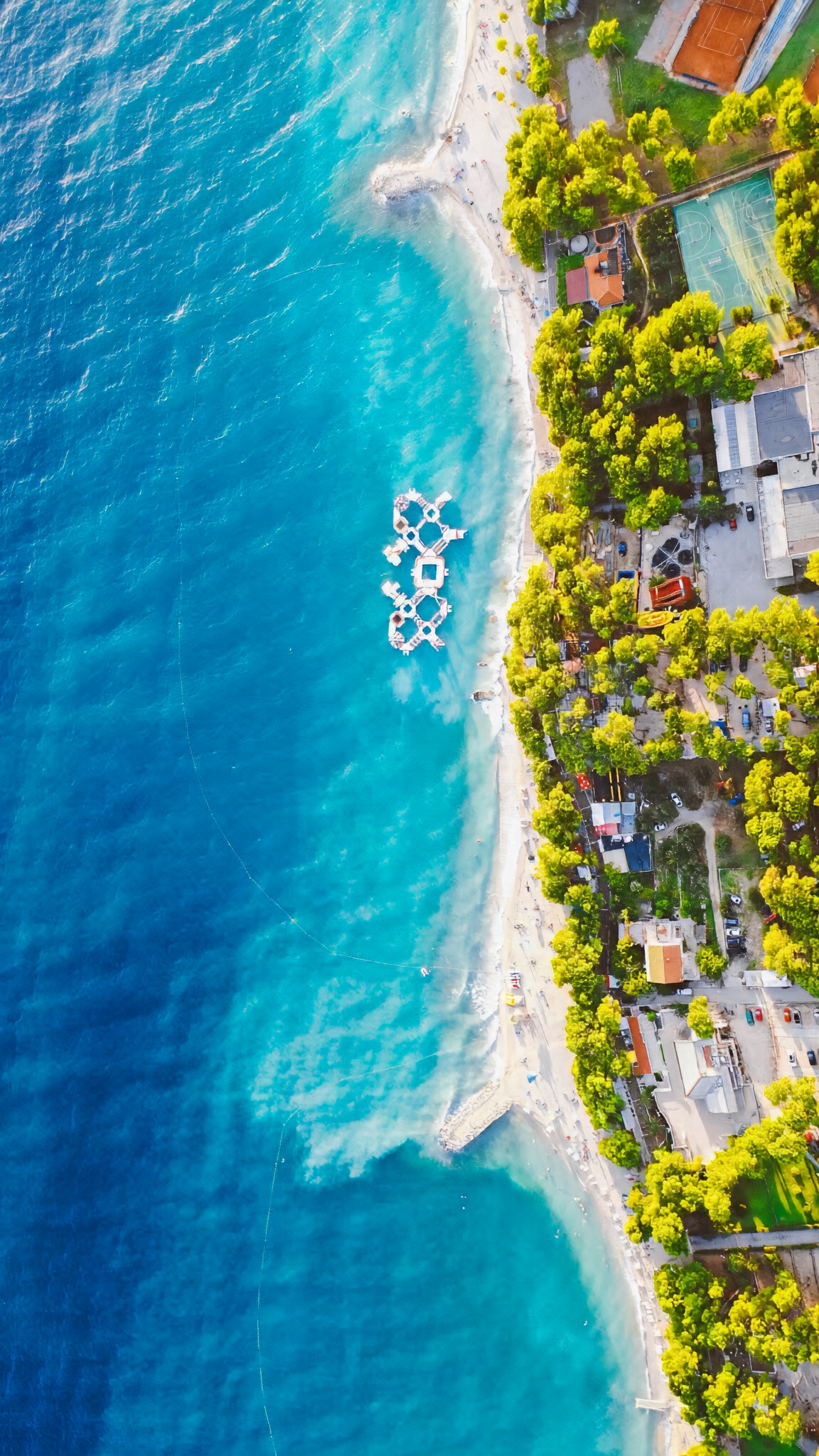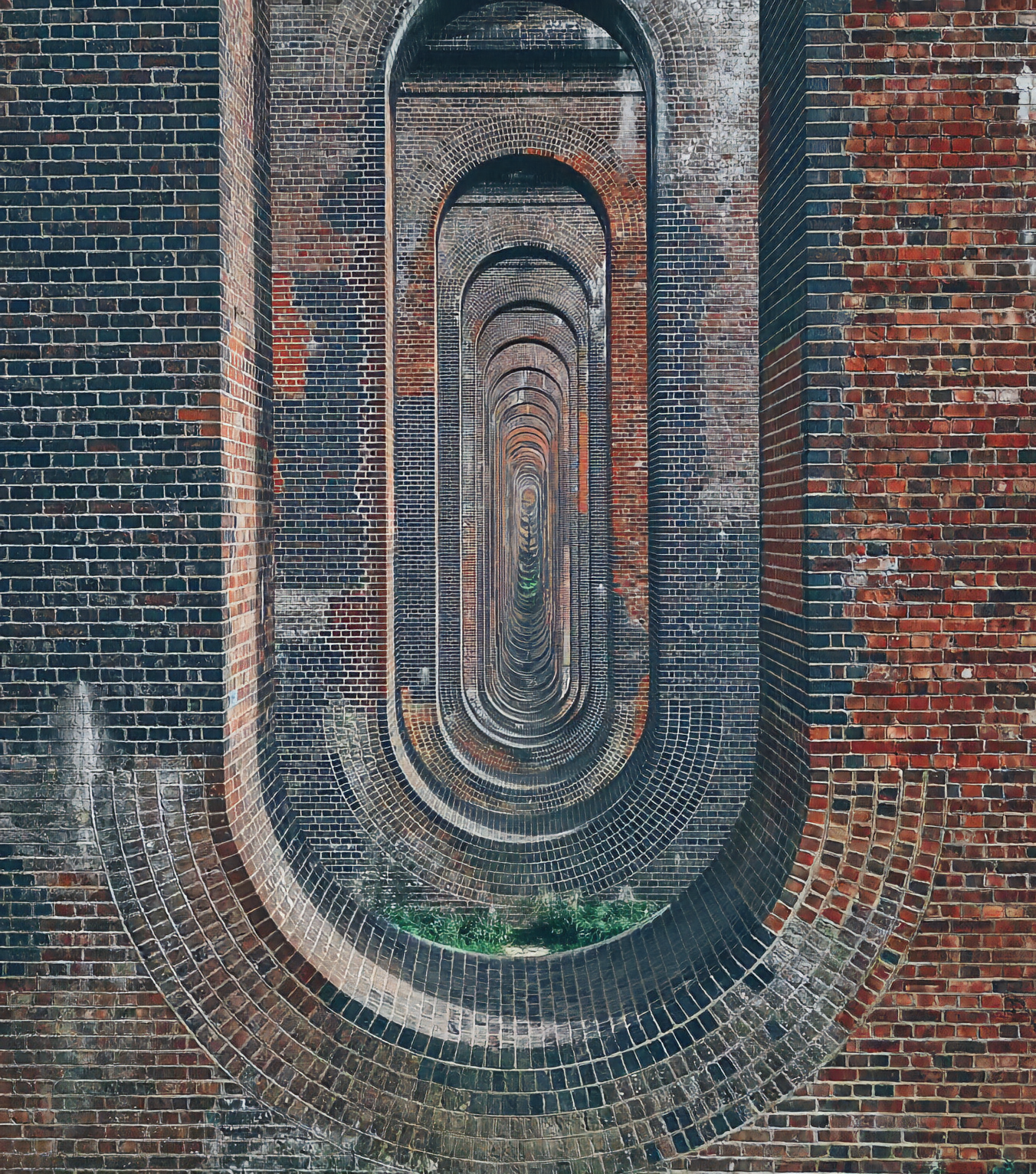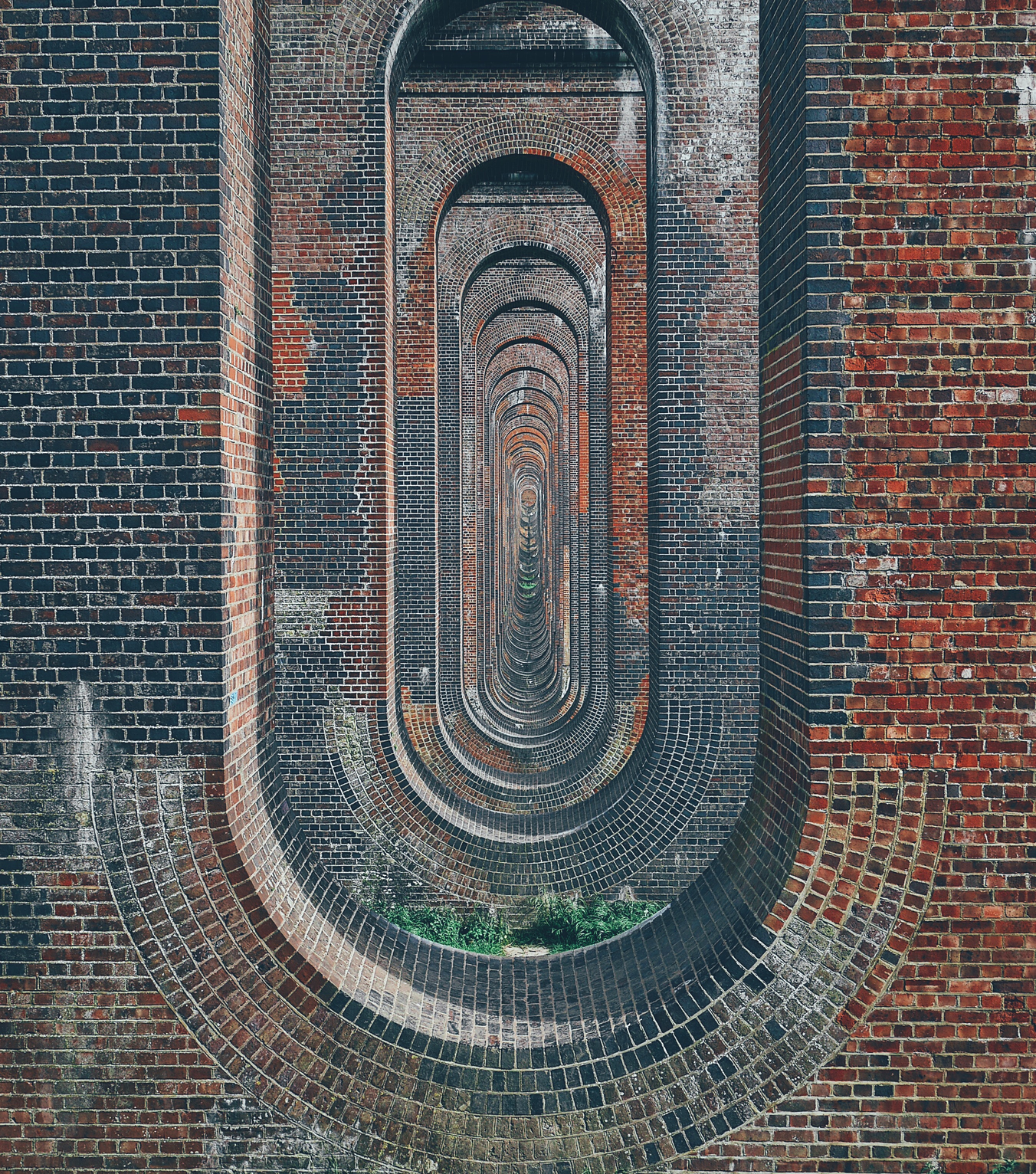Justin-Tan / High Fidelity Generative Compression
Programming Languages
Projects that are alternatives of or similar to High Fidelity Generative Compression
high-fidelity-generative-compression
Pytorch implementation of the paper "High-Fidelity Generative Image Compression" by Mentzer et. al.. This repo also provides general utilities for lossless compression that interface with Pytorch. For the official (TensorFlow) code release, see the TensorFlow compression repo.
About
This repository defines a model for learnable image compression based on the paper "High-Fidelity Generative Image Compression" (HIFIC) by Mentzer et. al.. The model is capable of compressing images of arbitrary spatial dimension and resolution up to two orders of magnitude in size, while maintaining perceptually similar reconstructions. Outputs tend to be more visually pleasing than standard image codecs operating at higher bitrates.
This repository also includes a partial port of the Tensorflow Compression library - which provides general tools for neural image compression in Pytorch.
You can play with a demonstration of the model in Colab, where you can upload and compress your own images.
Example
| Original | HiFIC |
|---|---|
 |
 |
Original: (6.01 bpp - 2100 kB) | HiFIC: (0.160 bpp - 56 kB). Ratio: 37.5.
The image shown is an out-of-sample instance from the CLIC-2020 dataset. The HiFIC image is obtained by reconstruction via a learned model provided below.
Note that the learned model was not adapted in any way for evaluation on this image. More sample outputs from this model can be found at the end of the README and in EXAMPLES.md.
Note
The generator is trained to achieve realistic and not exact reconstruction. It may synthesize certain portions of a given image to remove artifacts associated with lossy compression. Therefore, in theory images which are compressed and decoded may be arbitrarily different from the input. This precludes usage for sensitive applications. An important caveat from the authors is reproduced here:
"Therefore, we emphasize that our method is not suitable for sensitive image contents, such as, e.g., storing medical images, or important documents."
Usage
- Install Pytorch nightly and dependencies from https://pytorch.org/. Then install other requirements:
pip install -r requirements.txt
- Clone this repository,
cdin:
git clone https://github.com/Justin-Tan/high-fidelity-generative-compression.git
cd high-fidelity-generative-compression
To check if your setup is working, run python3 -m src.model in root. Usage instructions can be found in the user's guide.
Training
-
Download a large (> 100,000) dataset of diverse color images. We found that using 1-2 training divisions of the OpenImages dataset was able to produce satisfactory results on arbitrary images. Add the dataset path under the
DatasetPathsclass indefault_config.py. -
For best results, as described in the paper, train an initial base model using the rate-distortion loss only, together with the hyperprior model, e.g. to target low bitrates:
# Train initial autoencoding model
python3 train.py --model_type compression --regime low --n_steps 1e6
- Then use the checkpoint of the trained base model to 'warmstart' the GAN architecture. Please see the user's guide for more detailed instructions.
# Train using full generator-discriminator loss
python3 train.py --model_type compression_gan --regime low --n_steps 1e6 --warmstart --ckpt path/to/base/checkpoint
Compression
-
compress.pywill compress generic images using some specified model. This performs a forward pass through the model to yield the quantized latent representation, which is losslessly compressed using a vectorized ANS entropy coder and saved to disk in binary format. As the model architecture is fully convolutional, this will work with images of arbitrary size/resolution (subject to memory constraints).
python3 compress.py -i path/to/image/dir -ckpt path/to/trained/model --reconstruct
The compressed format can be transmitted and decoded using the routines in compress.py. The Colab demo illustrates the decoding process.
Pretrained Models
- Pretrained model weights using the OpenImages dataset can be found below (~2 GB). The examples at the end of this readme were produced using the
HIFIC-medmodel. The same models are also hosted in the following Zenodo repository: https://zenodo.org/record/4026003.
| Target bitrate (bpp) | Weights | Training Instructions |
|---|---|---|
| 0.14 | HIFIC-low |
python3 train.py --model_type compression_gan --regime low --warmstart -ckpt path/to/trained/model -nrb 9 -norm |
| 0.30 | HIFIC-med |
python3 train.py --model_type compression_gan --regime med --warmstart -ckpt path/to/trained/model --likelihood_type logistic |
| 0.45 | HIFIC-high |
python3 train.py --model_type compression_gan --regime high --warmstart -ckpt path/to/trained/model -nrb 9 -norm |
Examples
The samples below are taken from the CLIC2020 dataset, external to the training set. The bitrate is reported in bits-per-pixel (bpp). The reconstructions are produced using the above HIFIC-med model (target bitrate 0.3 bpp). It's interesting to try to guess which image is the original (images are saved as PNG for viewing - best viewed widescreen). You can expand the spoiler tags below each image to reveal the answer.
For more examples see EXAMPLES.md. For even more examples see this shared folder (images within generated using the HIFIC-low model).
| A | B |
|---|---|
 |
 |
Image 1
Original: A (11.8 bpp) | HIFIC: B (0.269 bpp). Ratio: 43.8
| A | B |
|---|---|
 |
 |
Image 2
Original: A (14.6 bpp) | HIFIC: B (0.330 bpp). Ratio: 44.2
| A | B |
|---|---|
 |
 |
Image 3
Original: A (12.3 bpp) | HIFIC: B (0.209 bpp). Ratio: 58.9
| A | B |
|---|---|
 |
 |
Image 4
Original: B (19.9 bpp) | HIFIC: A (0.565 bpp). Ratio: 35.2
The last two show interesting failure modes: small figures in the distance are almost entirely removed (top of the central rock in the penultimate image), and the required model bitrate increases significantly when the image is dominated by high-frequency components.
Authors
- Grace Han
- Justin Tan
Acknowledgements
- The compression routines under
src/compression/are derived from the Tensorflow Compression library. - The vectorized rANS implementation used for entropy coding is based on the Craystack repository.
- The code under
src/loss/perceptual_similarity/implementing the perceptual distortion loss is based on the Perceptual Similarity repository.
Contributing
All content in this repository is licensed under the Apache-2.0 license. Please open an issue if you encounter unexpected behaviour, or have corrections/suggestions to contribute.
Citation
This is a PyTorch port of the original implementation. Please cite the original paper if you use their work.
@article{mentzer2020high,
title={High-Fidelity Generative Image Compression},
author={Mentzer, Fabian and Toderici, George and Tschannen, Michael and Agustsson, Eirikur},
journal={arXiv preprint arXiv:2006.09965},
year={2020}
}
